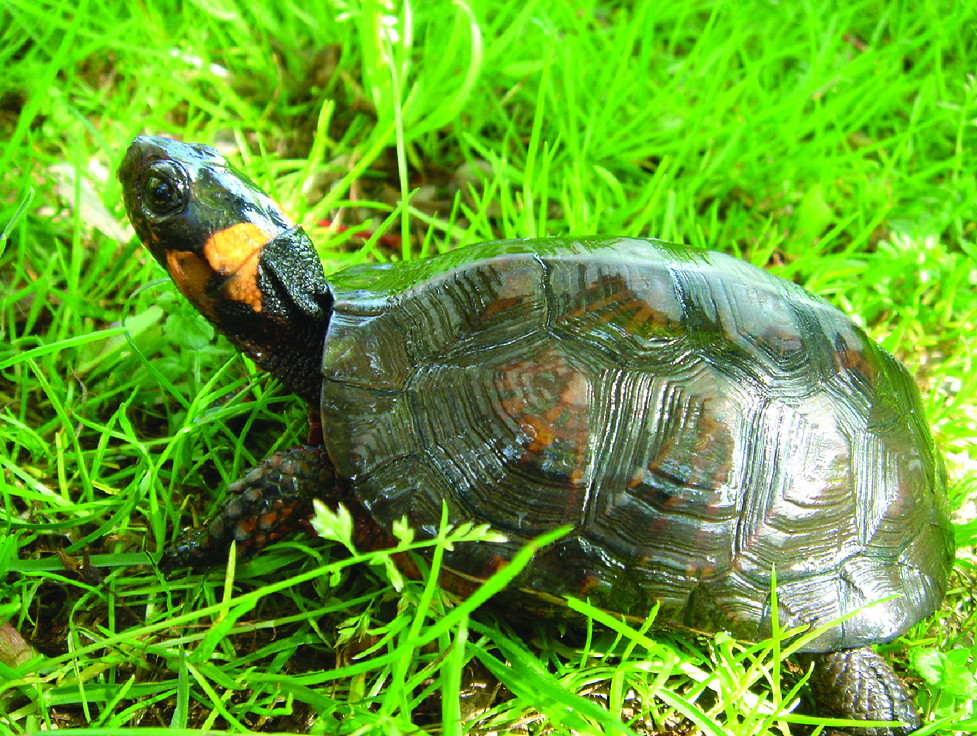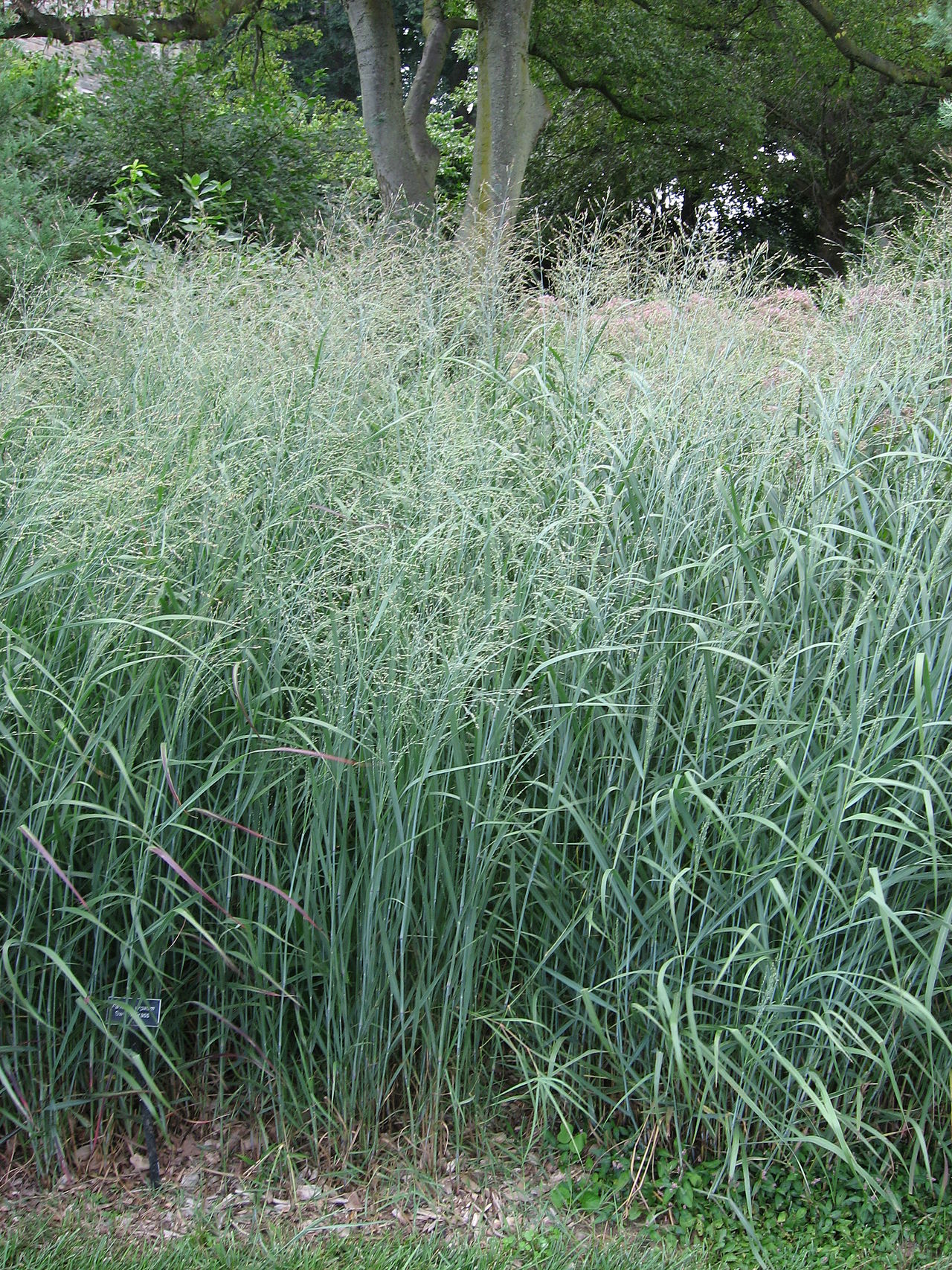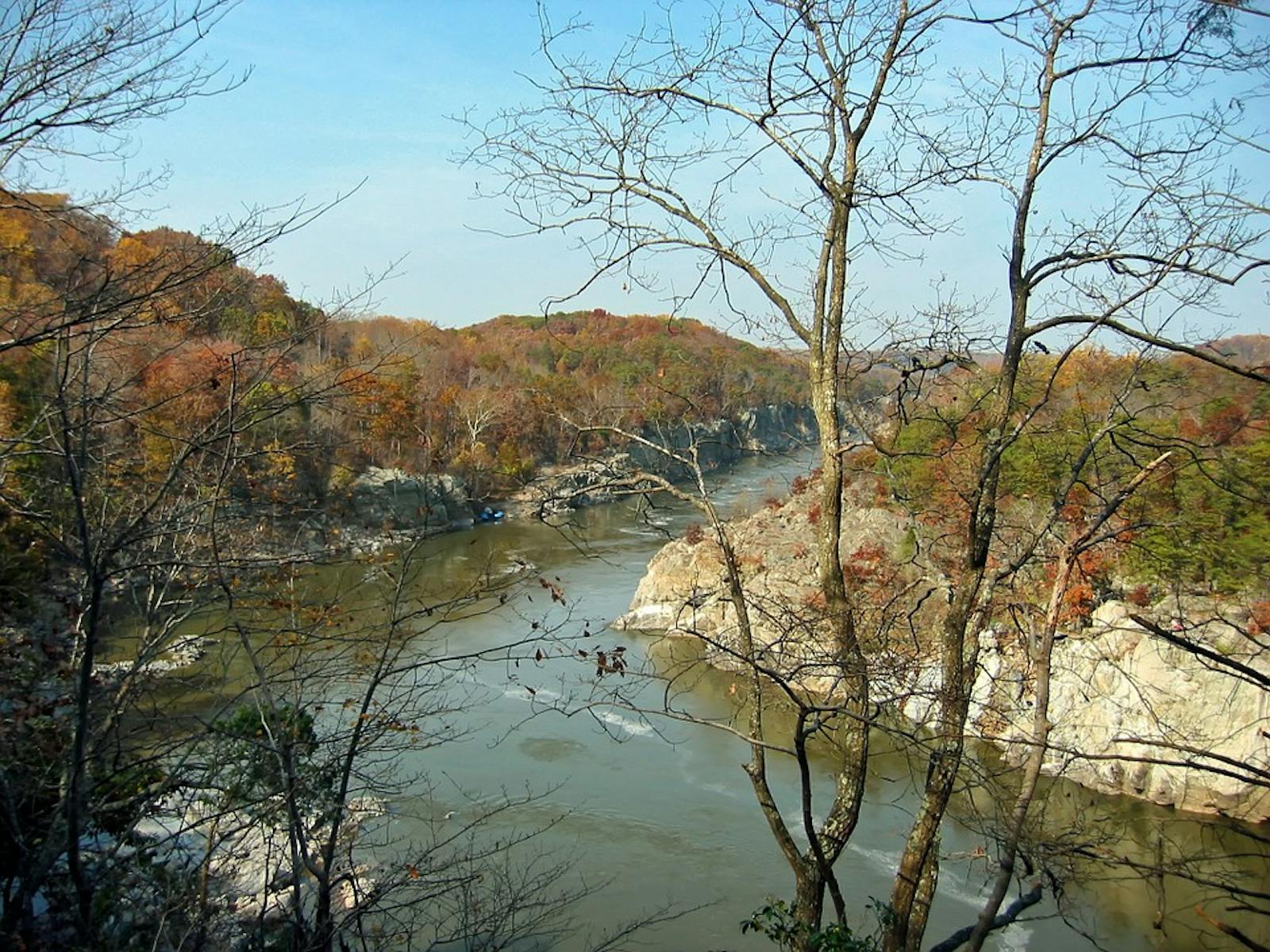Northeast US Coastal Forests
The ecoregion’s land area is provided in units of 1,000 hectares. The conservation target is the Global Safety Net (GSN1) area for the given ecoregion. The protection level indicates the percentage of the GSN goal that is currently protected on a scale of 0-10. N/A means data is not available at this time.
Bioregion: Northeastern American Mixed Forests (NA10)
Realm: Northern America
Ecoregion Size (1000 ha):
7,350
Ecoregion ID:
339
Conservation Target:
45%
Protection Level:
1
States: United States: VA, MD, DE, PA, NJ, NY, CT, RI, MA, NH, ME
The Northeast US Coastal Forests ecoregion stretches across a long strip of latitude and includes parts of 11 states, from Virginia to southern Maine. It contains portions of the Piedmont, Coastal Plain, and New England physiographic provinces. Given this latitudinal range, climate and vegetation vary considerably across the region and species richness (number of species) is relatively high.
This ecoregion ranges from warm temperate to warm continental to cold temperate in climate. The southern, unglaciated portion of the ecoregion, from Virginia to northeastern Pennsylvania, was dominated by Appalachian oak and oak-chestnut forest, with oak-chestnut mainly on the slopes of ridges. The northern glaciated portion, mostly in New England, was primarily hemlock-white pine-northern hardwoods forest. Prominent oaks in the southern portion are white oak and northern red oak. Chestnut was essentially eliminated by an introduced blight early in the 20th century.
In the northern portion of the ecoregion, disturbed sites are occupied by early successional trees, especially paper birch, gray birch, and quaking aspen. Fire and hurricanes shaped these forests across the region. Unlike in the southeastern Coastal Plain where natural fire regimes were mostly caused by lightning, it was the Native Americans who had ignited fires in the oak and oak-chestnut forests before European settlement, at least over the past couple millennia – similar to the Appalachian Piedmont Forests ecoregion. However, wind is generally considered more important than fire in the natural disturbance ecology of the moister hemlock-white pine-northern hardwoods forests of New England.

The flagship species of the Northeast US Coastal Forests ecoregion is the bog turtle. Image credit: USFWS HQ, Creative Commons
Nonforest communities make a major contribution to the biodiversity of the Northeast US Coastal Forests ecoregion. Wetlands are of importance throughout the region. This ecoregion includes a large part of the range of the critically endangered bog turtle. These turtles prefer calcareous wetlands, including meadows, bogs, marshes, and seeps, usually close to woods, but also use wet areas in cattle pastures.
Portions of this ecoregion also contained significant grasslands, remnants of which can be found today. The most remarkable example was the Hempstead Plains grassland of eastern Long Island, originally the largest sandplain grassland in the eastern United States. This grassland was dominated by grasses typical of the tallgrass prairies of the Midwest and Great Plains, including big bluestem, little bluestem, broomsedge, Indian grass, and switchgrass. At the time of European settlement, the Hempstead Plains grasslands covered approximately 160 km2 but have been reduced to 0.26 km2 by development.

Switchgrass. Image credit: Creative Commons
Other significant grasslands occur in the serpentine barrens of Maryland and Pennsylvania, the largest expanse of serpentine in the eastern United States. Serpentine is a rock and soil type with high concentrations of heavy metals such as nickel, iron, cobalt, and chromium—so high as to be toxic to many plants—but with a low ratio of calcium-to-magnesium and a lack of essential nutrients, such as nitrogen, potassium, and phosphorus. Hence, serpentine barrens tend to have sparse, grassy vegetation and often several to many species of endemic plants. The toxic soils are usually not enough to prevent eastern serpentine barrens from being invaded by trees, however—fire is also necessary, at least under today’s relatively high-rainfall climate. Burning by Native Americans and early white settlers helped maintain these barrens, and managers today use controlled burns.
The Northeast US Coastal Forests ecoregion contains much or all of the largest urban centers on the East Coast, including Washington DC, Baltimore, Philadelphia, New York City, and Boston. Hence, the level of habitat loss and fragmentation are high. Only 2% of the region is protected. Although 17% of habitat outside protected areas still remains, human population growth and associated urban sprawl continue to destroy habitat.
Priority conservation actions for the next decade are to: 1) increase federal, state, and local acquisition of conservation lands; 2) improve management of existing conservation lands, especially with respect to management of fire and water; and 3) fund surveys for bog turtles and actively promote conservation programs with private landowners to protect and manage habitat for bog turtles.
Citations
1. Ricketts, T.H. et al. 1999. Terrestrial Ecoregions of North America: A Conservation Assessment. Island Press, Washington, D.C.
2. Braun, E.L. 1950. Deciduous Forests of Eastern North America. Blackburn Press, Caldwell, NJ.
3. Delcourt, H.R., and P.SA. Delcourt. 2000. Eastern deciduous forests. In M.G. Barbour and W.D. Billings, editors. North American Terrestrial Vegetation, 2nd edition. Cambridge University Press, Cambridge, U.K.



